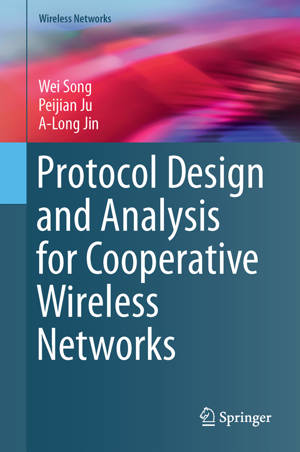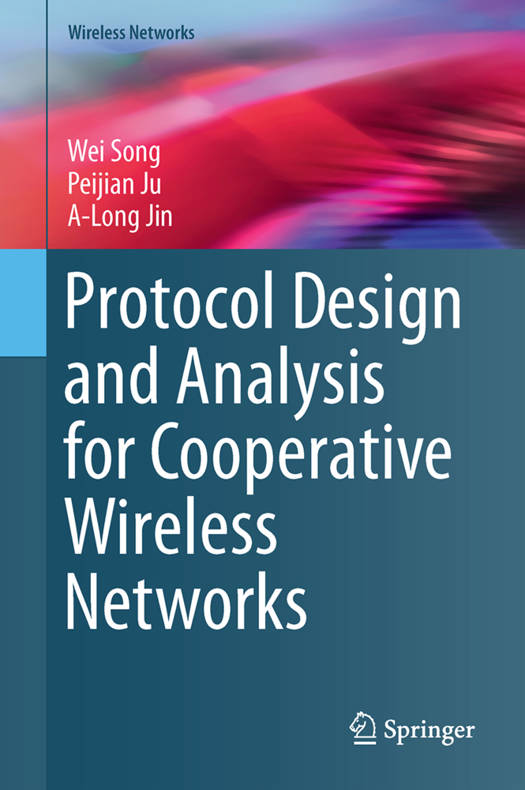
- Afhalen na 1 uur in een winkel met voorraad
- Gratis thuislevering in België vanaf € 30
- Ruim aanbod met 7 miljoen producten
- Afhalen na 1 uur in een winkel met voorraad
- Gratis thuislevering in België vanaf € 30
- Ruim aanbod met 7 miljoen producten
Zoeken
€ 153,95
+ 307 punten
Uitvoering
Omschrijving
This book focuses on the design and analysis of protocols for cooperative wireless networks, especially at the medium access control (MAC) layer and for crosslayer design between the MAC layer and the physical layer. It highlights two main points that are often neglected in other books: energy-efficiency and spatial random distribution of wireless devices. Effective methods in stochastic geometry for the design and analysis of wireless networks are also explored.
After providing a comprehensive review of existing studies in the literature, the authors point out the challenges that are worth further investigation. Then, they introduce several novel solutions for cooperative wireless network protocols that reduce energy consumption and address spatial random distribution of wireless nodes. For each solution, the book offers a clear system model and problem formulation, details of the proposed cooperative schemes, comprehensive performance analysis, and extensive numerical and simulation results that validate the analysis and examine the performance under various conditions. The last section of this book reveals several potential directions for the research on cooperative wireless networks that deserve future exploration.
Researchers, professionals, engineers, and consultants in wireless communication and mobile networks will find this book valuable. It is also helpful for technical staff in mobile network operations, wireless equipment manufacturers, wireless communication standardization bodies, and governmental regulation agencies.
After providing a comprehensive review of existing studies in the literature, the authors point out the challenges that are worth further investigation. Then, they introduce several novel solutions for cooperative wireless network protocols that reduce energy consumption and address spatial random distribution of wireless nodes. For each solution, the book offers a clear system model and problem formulation, details of the proposed cooperative schemes, comprehensive performance analysis, and extensive numerical and simulation results that validate the analysis and examine the performance under various conditions. The last section of this book reveals several potential directions for the research on cooperative wireless networks that deserve future exploration.
Researchers, professionals, engineers, and consultants in wireless communication and mobile networks will find this book valuable. It is also helpful for technical staff in mobile network operations, wireless equipment manufacturers, wireless communication standardization bodies, and governmental regulation agencies.
Specificaties
Betrokkenen
- Auteur(s):
- Uitgeverij:
Inhoud
- Aantal bladzijden:
- 131
- Taal:
- Engels
- Reeks:
Eigenschappen
- Productcode (EAN):
- 9783319477251
- Verschijningsdatum:
- 5/11/2016
- Uitvoering:
- Hardcover
- Afmetingen:
- 180 mm x 248 mm
- Gewicht:
- 333 g

Alleen bij Standaard Boekhandel
+ 307 punten op je klantenkaart van Standaard Boekhandel
Beoordelingen
We publiceren alleen reviews die voldoen aan de voorwaarden voor reviews. Bekijk onze voorwaarden voor reviews.








